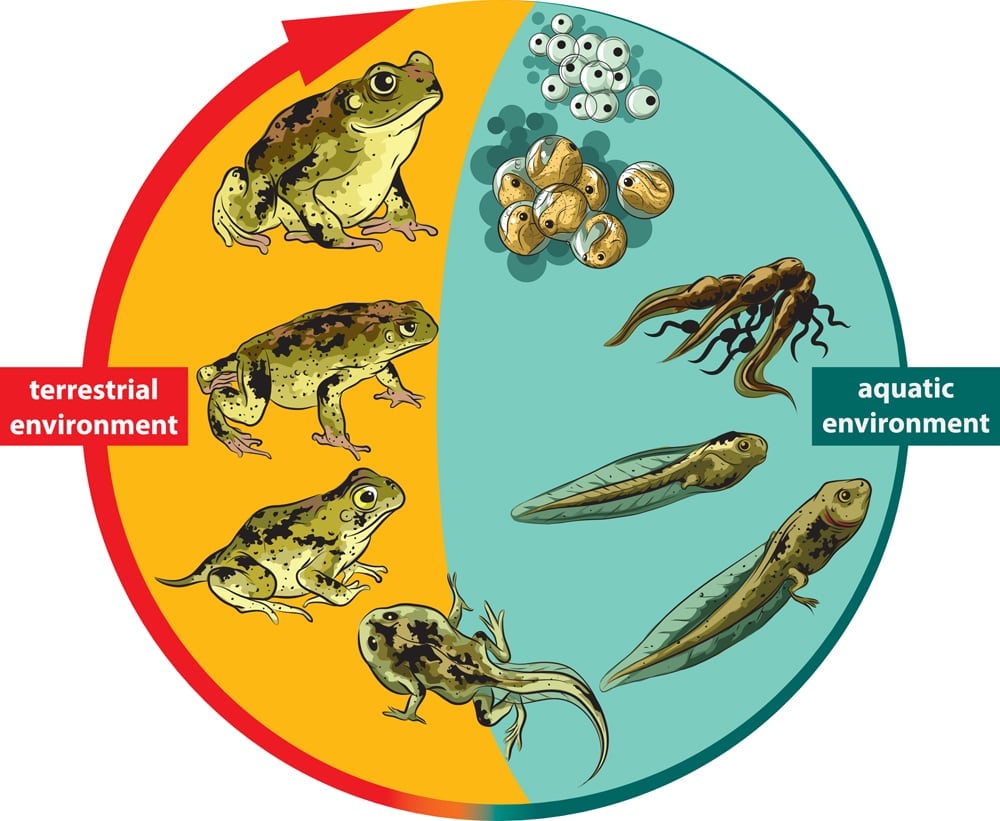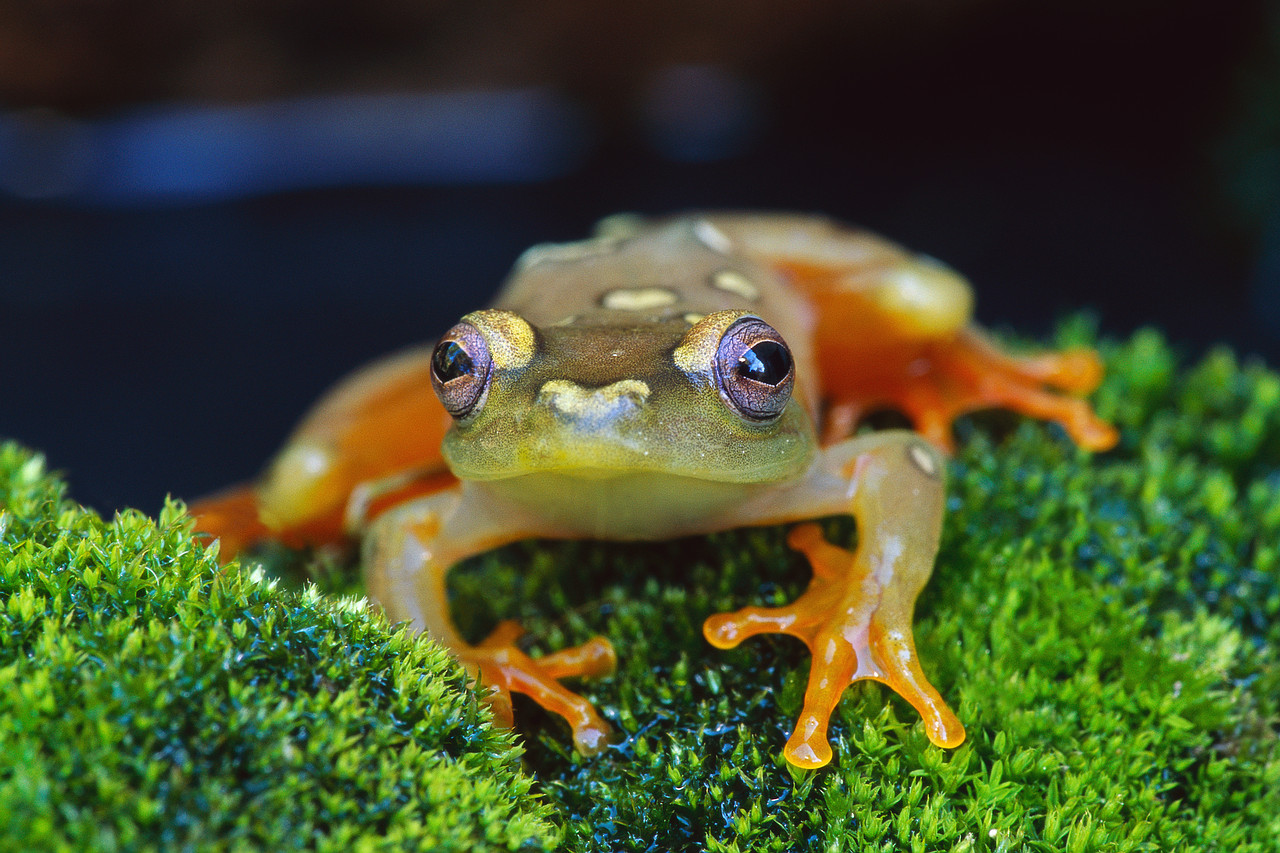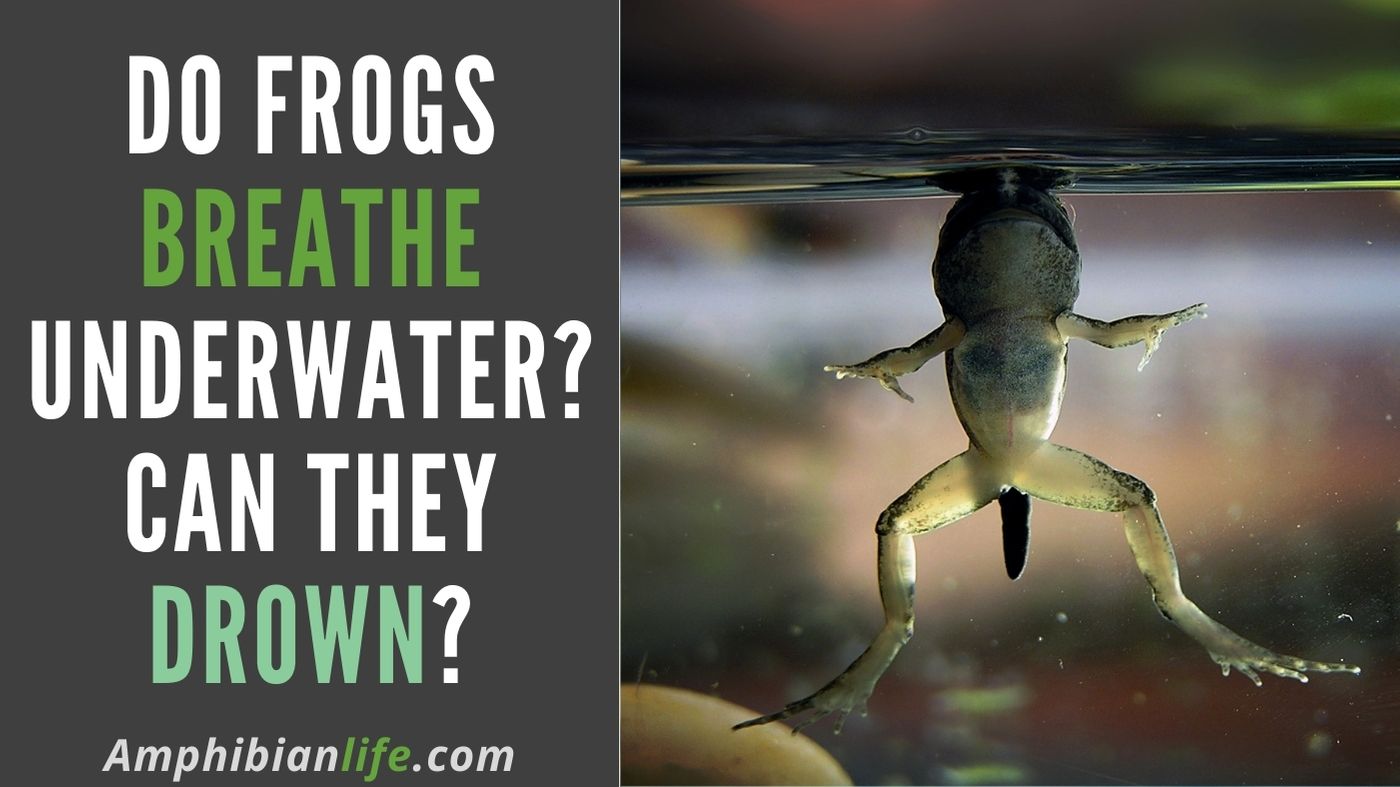Amphibians Breathe Through On Land

Some common examples are frogs toads salamanders and newts.
Amphibians breathe through on land. Although they are not born with these organs they develop them during the metamorphosis they undergo during maturation. They have smooth skin no scales and moist bodies. Amphibians have a unique respiratory system that doesnt rely entirely on a single source of oxygen.
Amphibians live underwater and breathe through gills at one stage of their life and live on land breathing through lungs at a later stage. First it means that their skin helps them breathe since oxygen passes easily through it. On the other hand the adults can live and breathe both on land and underwater for part of the time.
Below are some of the characteristics shared by the amphibians. Some transport water oxygen and carbon dioxide either into. It can survive without any water for quite a while.
Amphibians also have special skin glands that produce useful proteins. As weve already learned amphibians are very different from reptiles. Adult amphibians can live in water or on land semi-terrestrial life larvae can only live in water.
Most amphibians begin their lives in water and eventually adapt to life on land by developing lungs and limbs that allow them to move on land. While adult amphibians spend part of their time on land they still need to. Carnivorous four-legged vertebrates that are coldblooded go through metamorphosis have primitive lungs live on both land and in water and that have.
They live in the marshes in their adult life they breathe through the lungs they take the o 2 of the surrounding air. Time Spent In Water and On Land. Amphibians breathe through the skin cutaneous respiration to keep the skin moist and prevent desiccation they have glands through which they secrete mucus.



















